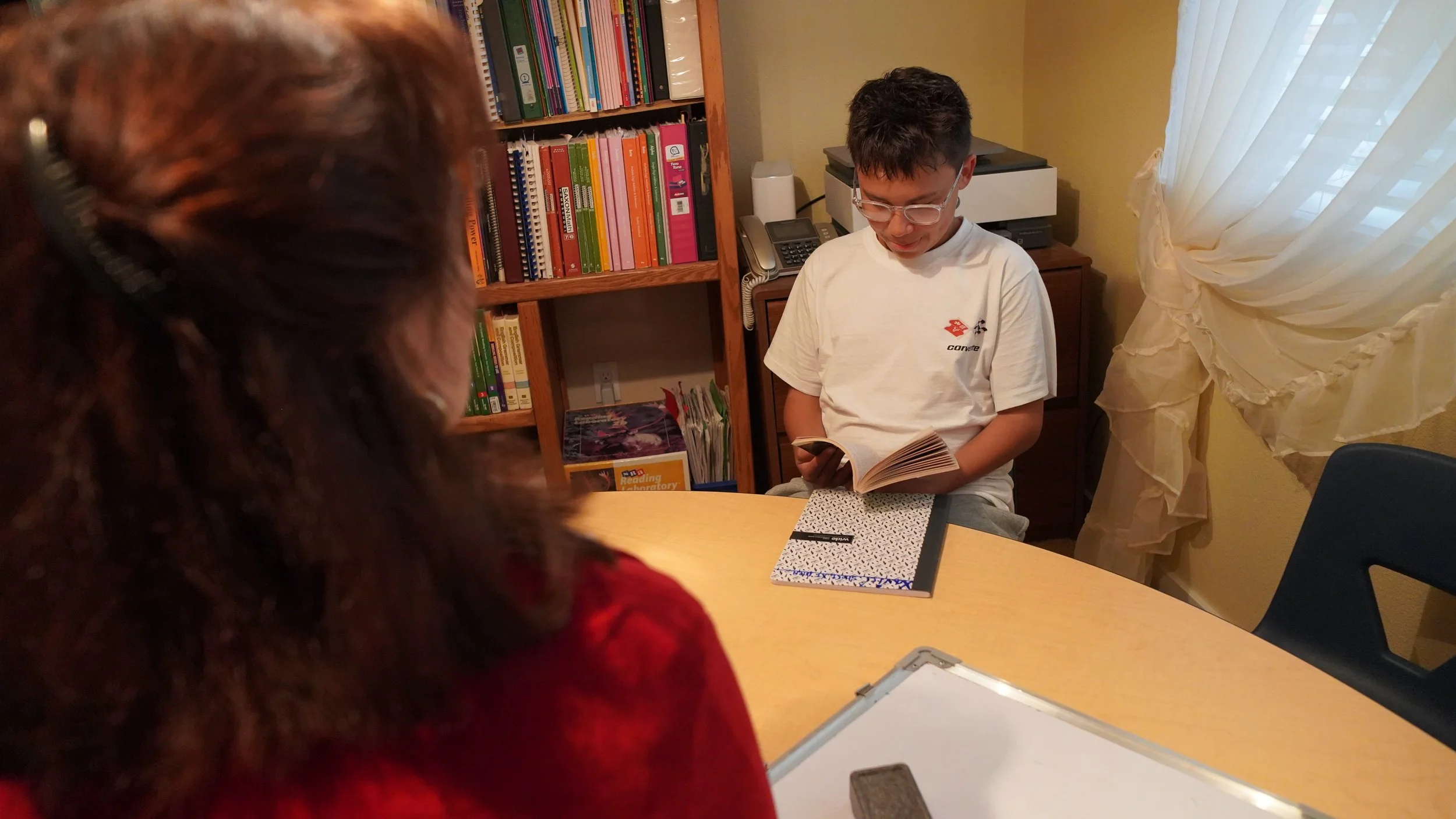Frequently Asked Questions (FAQs)
-
Language based reading disability which is characterized by a core deficit in phonological processing. Individuals struggle to access the sound structure of language, may have some impairment in phonological memory and may also have difficulty with rapid naming.
Strong genetic component- which means it tends to run in families where parents or grandparents have also had dyslexia.
Neurobiological in origin-Dyslexia affects how the brain processes written language due to differences in certain areas of the brain responsible for reading, specifically in the left hemisphere. -
No, Individuals with dyslexia have average or above average intelligence. Some famous dyslexics include:
Albert Einstein, Leonardo Di Vinci, Pablo Picasso, George Washington
John F. Kennedy, Walt Disney, Stephen Spielberg, and Tom Cruise
-
Dyslexia occurs across all races, ethnicities, and socio-economic levels
Approximately 15-20% of the population may have some amount of Dyslexia.
Dyslexia may occur with other learning disabilities such Attention Deficit, Dysgraphia, and Dyscalculia.
Dyslexia may exist on a continuum of severity
-
A few indicators include:
A family history of Dyslexia
Frequent ear infections
Speech delays
Difficulty with rhyming words
Difficulty naming objects, letters, or numbers
Problems with sequencing words in sentences
Likes being read to, but avoids reading aloud
Difficulty with decoding
Slow choppy reading
Takes a very long time to complete homework
Dislikes reading, and complains it’s too hard
-
Although Dyslexia has neurobiological roots, it cannot be fixed with a surgery or medication.
The remedy is an educational strategy that enables students to access areas of the brain that have not been previously accessed successfully.
Scientific research has uncovered an amazing aspect of the brain relating to neuroplasticity. The human brain has the ability to reorganize itself by forming new neural connections. This allows the brain to adapt and change in response to new experiences.
-
The hallmark of this program is that it is an individualized approach which employs multisensory teaching strategies that connect to different areas of the brain simultaneously. Thereby ensuring that information is learned and remembered more effectively. In this way, new neural connections are continually being made in the brain.
It is both diagnostic and prescriptive which means that it is uniquely tailored to each student’s needs. Each lesson is designed to meet the needs of the individual learner. It is not a canned program.
It is cumulative meaning that each lesson builds on the previous lesson. Information is presented so that relationships between old and new information are connected leading to greater understanding and retention.
Instruction is direct and explicit so information is clearly stated, modeled, and practiced to mastery.
Structured and sequential in both the way information is presented and also in the way learning moves from supported practice to independent practice and then to mastery.

